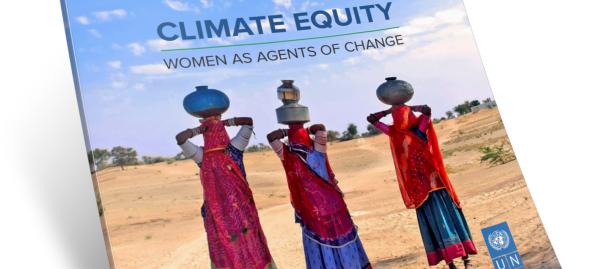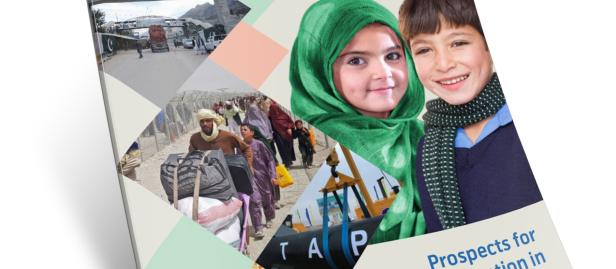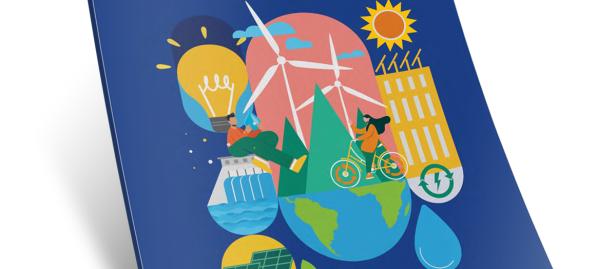COVID-19 Pakistan: Socio-Economic Framework
COVID-19 Pakistan: Socio-Economic Framework
May 21, 2020
This report sets out the framework for immediate socio-economic response to COVID-19 in Pakistan, in line with the United Nations’ global response framework. The pandemic is an unprecedented public health crisis. Confirmed cases in Pakistan have skyrocketed from two cases on February 26, 2020, to 34,115 cases – and 737 confirmed deaths – on 13 May 2020.[1] Pakistani lives are the risk, as is the country’s social and economic fabric.
Without urgent response measures, COVID-19 may push back Pakistan’s hard-won gains on poverty reduction and social indicators. The poverty rate has declined by 40% in the last 15 years[2] – lifting 23 million people out of poverty. With GDP projected to contract by 1.5%[3] in FY2020, there is a real risk that poverty will rise. The pandemic is expected to slash consumption, investment, international trade, remittances and private capital flows. Agriculture will be hard hit, as a prolonged lockdown may disrupt transportation, logistics, labour for harvests and transport, and access to inputs for the next planting season.
[1] Government of Pakistan (2020) Pakistan Case Details, http://covid.gov.pk/stats/pakistan
[2] World Bank (2018) From Poverty to Equity: Pakistan at 100. Washington, DC: World Bank.
[3] International Monetary Fund (2020) Pakistan: Request for Purchase Under the Rapid Financing Instrument-Press Release; Staff Report; and Statement by the Executive Director for Pakistan, Washington, DC: IMF, https://www.imf.org/en/Publications/CR/Issues/2020/04/16/Pakistan-Request-for-Purchase-Under-the-Rapid-Financing-Instrument-Press-Release-Staff-49342

 Locations
Locations


